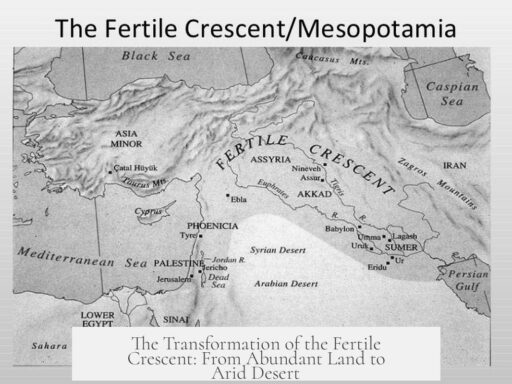The most anachronistic things that actually existed or occurred at the same time reveal surprising overlaps across history. They show how ancient eras, modern innovations, and profound cultural changes coexist in unexpected ways.
One striking example is the Jacquard loom, invented in 1801. This device used punch cards to program patterns and is an early form of computing, predating digital computers by about a century. It bridged textile craft and the dawn of programmable machines.
History contains significant overlaps between ancient civilizations and modern institutions. The oldest company, a Japanese construction firm, was founded before Islam emerged in the 7th century. Similarly, Peterhouse College at Cambridge University was founded while the Maori people were first arriving in New Zealand by canoe, showing institutional continuity amid global exploration.
Ancient settlements connected with prehistoric life as well. Jericho was settled 12,000 years ago when megafauna still roamed and the Sahara was a savanna. Likewise, Hammurabi’s law pillar was erected when mammoths still lived in Siberia. These examples show ancient human activity coexisting with Ice Age creatures.
Human lifespans span vast technological changes. Some individuals born in the era of covered wagons lived to witness the Apollo moon landings. People born during Japan’s waning samurai era lived past the atomic bombings in Hiroshima and Nagasaki. Supreme Court Justice Oliver Wendell Holmes shook hands with John Quincy Adams and John F. Kennedy, crossing centuries of American history.
Historical eras often overlapped in surprising ways. The United States and the Holy Roman Empire existed simultaneously for about 30 years. Oxford University was already 500 years old when the Incan and Aztec empires fell to Spanish conquest. Spanish explorers entered Utah in 1776, the same year the Declaration of Independence was signed.
Architectural feats demonstrate remarkable timelines. The Great Pyramid of Giza was the tallest building until 1311. It stood for hundreds of years before the woolly mammoth became extinct. Thus, the pyramids outlasted megafauna and predate modern architecture by thousands of years.
War technology reveals unexpected overlaps of eras. Submarines operated during the American Civil War, while guillotine executions occurred as late as 1977 during Soviet space missions. Some Civil War veterans were still alive during World War II. Conflict sometimes pitted ancient weapons against modern armies, such as Chinese forces using swords during the Defense of the Great Wall against heavily armed Japanese soldiers.
Legal and social norms show lingering old practices. Age of consent laws in parts of the US remained as low as 7 years old into the 1960s. Mississippi ratified the 13th Amendment abolishing slavery only in the 1990s, certified in 2013. Interracial marriage was widely disapproved in the US until 1995.
Cultural systems and political institutions persist remarkably. The UK retains a hereditary second chamber in its parliament and a monarchy. British aristocratic families maintain wealth and influence tracing back nearly 1,000 years to the Norman conquest. Native American oral histories, passed down unchanged, date back 10,000 years and accurately reflect ancient ecological events.
Additional remarkable anecdotes include a woman who met Vincent Van Gogh living into the early Internet era. The Red Army fought descendants of Genghis Khan in 1920. The last bow-kill in warfare occurred only five years before the first nuclear explosion. The National Autonomous University of Mexico was founded before Shakespeare was born.
| Category | Example | Overlap/Anachronism |
|---|---|---|
| Technology | Jacquard loom (1801) | Early computing using punch cards before digital era |
| Ancient vs Modern | Peterhouse College & Maori arrival | University founding and indigenous migration at same time |
| Human Lifespan | Covered wagon to moon landing | One lifetime spans 19th century frontier and 20th century space travel |
| Historic Institutions | US and Holy Roman Empire coexistence | New republic and ancient empire overlapped for decades |
| Architecture & Extinction | Pyramids and mammoths | Ancient structures standing as megafauna vanished |
| War Technology | Civil War submarines and WWII veterans | Ancient conflict veterans alive during modern global war |
| Legal & Social | Late ratification of 13th Amendment | Slavery legally abolished in practice centuries after Civil War |
| Culture | Aboriginal stories 10,000 years old | Preserved oral histories predate written records |
These examples illustrate how historical timelines are not always neat or linear. Different elements of society, technology, law, and culture often coexist with vast anachronistic gaps. People, institutions, and innovations from vastly different centuries overlap and intertwine, producing a rich tapestry of human experience.
- Early programmable devices appeared long before modern computers.
- Ancient and modern civilizations have parallel existences.
- Human lives can span eras of vast technological and social change.
- Wars and conflicts often mix archaic and modern weaponry.
- Legal and social systems can retain outdated norms well into recent times.
- Cultural institutions and oral traditions bridge millennia.




